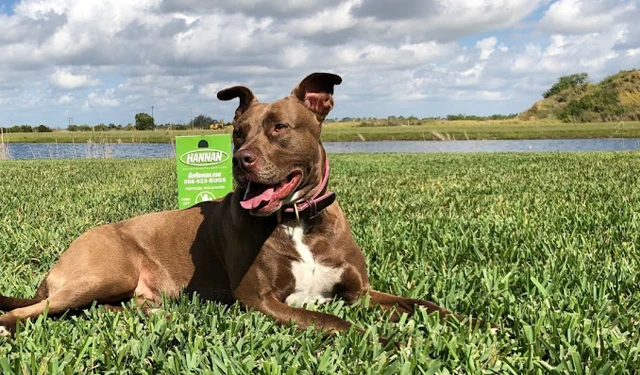Small Honey Ant Overview & Quick Facts
Keep ants out of your home or business with
effective identification and control strategies.

A Closer Look at Small Honey Ants
Known for their unique appearance and sweet tooth, Small Honey Ants (also called False Honey Ants) are small, slow-moving ants found throughout the U.S., including Florida. Despite their size, these ants can create large underground colonies and often enter homes in search of sugar.
🔍 What Do Small Honey Ants Look Like?
-
Color: Dark brown to black
-
Size: Tiny — about 2.5 to 3 mm (1/8 inch)
-
Notable Features:
-
Slightly elongated, shiny bodies
-
Swell up when full of liquid (like honey or nectar)
-
Have a distinctively slow, deliberate walk
-
Their abdomens can become large and translucent when they store food — a trait that inspired the “honey” name.
🌱 Where Do Honey Ants Live?
These ants prefer:
-
Cooler seasons — they’re sometimes called “winter ants”
-
Nesting in moist soil, under rocks, logs, or leaf litter
-
Building deep underground colonies — rarely visible above ground
They may venture indoors during cold or dry periods, seeking sugary substances or warmth.
🍬 What Do Honey Ants Eat?
-
Primary food source: sugary liquids
-
Nectar, fruit juice, honeydew (from aphids), and spilled drinks
-
-
Can also feed on dead insects or household crumbs
-
Trophallaxis: Some workers store liquid in their bodies and share it with the colony later
🧠 Behavior & Colony Traits
-
Colonies are usually moderate-sized
-
Most active in cooler weather (unlike many ant species)
-
Move slowly, often traveling alone or in small groups
-
Typically non-aggressive
⚠️ Are Small Honey Ants a Problem?
-
❌ Don’t sting or bite
-
✅ Can be a nuisance indoors when foraging
-
✅ Known to invade kitchens, pantries, or pet food areas
-
✅ May indicate excessive moisture or hidden food sources
🧠 Fun Fact!
Honey ants can go weeks without food, thanks to a few specialized workers called “repletes” that act as living food storage tanks — expanding like tiny balloons to hold sugary liquids for the whole colony!
Frequently Asked Questions
About Small Honey Ants
What are Small Honey Ants?
Small Honey Ants, also called False Honey Ants or Winter Ants, are tiny ants known for their slow movement and their ability to store sugary liquids in their bodies. They often appear in homes during cooler seasons.
What do Small Honey Ants look like?
-
Color: Dark brown to black
-
Size: About 2.5 to 3 mm (1/8 inch)
-
Features:
-
Small, shiny bodies
-
Large, swollen abdomens when filled with liquid
-
Slower-moving than most ants
-
Where do they live?
-
Outdoors:
-
Under logs, stones, or leaf litter
-
In deep soil nests with little surface evidence
-
-
Indoors:
-
May enter homes through cracks and gaps
-
Found near sinks, pantries, or any area with sugary food
-
Do Honey Ants bite or sting?
-
❌ No — they are not aggressive
-
✅ Completely harmless to humans and pets
Why are they called “Honey” Ants?
Some workers in the colony act as “repletes”, storing sugary liquid in their abdomens to feed other ants later — similar to living storage tanks. When full, their abdomens swell like tiny balloons.
What do they eat?
-
Sugars and liquids, such as:
-
Nectar
-
Fruit juice
-
Honeydew from garden pests
-
Syrups and spilled soda
-
-
Occasionally feed on proteins or dead insects
When are they most active?
-
Unlike many ant species, Small Honey Ants are active in cooler months
-
You may see them foraging in early spring or late fall
-
Activity often increases indoors when temperatures drop
Are they harmful?
-
❌ No health threat
-
✅ Can be a nuisance
-
✅ May contaminate food or indicate moisture issues in the home
-
Colonies are hard to find due to deep soil nesting habits
How can I get rid of them?
-
Seal entry points around doors, windows, and foundations
-
Eliminate food sources — clean up spills and store food properly
-
Address moisture issues, such as leaks under sinks or near appliances
-
Use ant baits labeled for sweet-feeding ants
-
For infestations, professional pest control is the most effective solution
Struggling with ants in your home, yard, or business? Hannan Environmental Services offers expert ant control and prevention throughout South Florida. Our trained technicians provide safe, effective, and long-lasting solutions to keep your home pest-free. Contact us today for reliable service you can trust! Feel free to also reach out to Hannan Environmental Services on Facebook!

